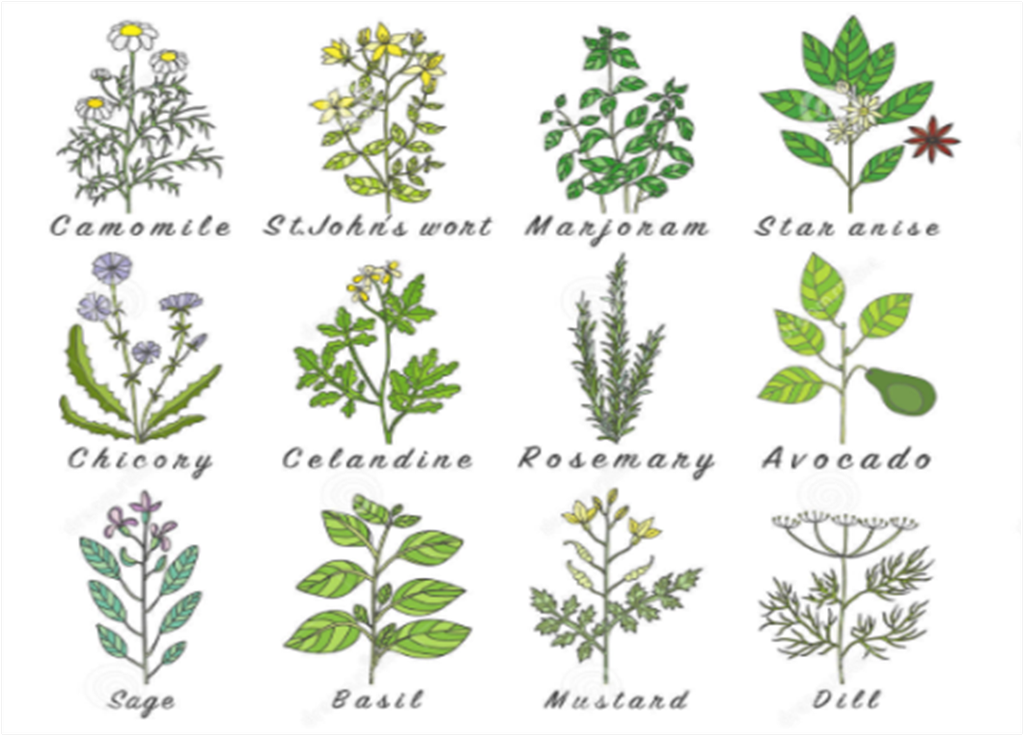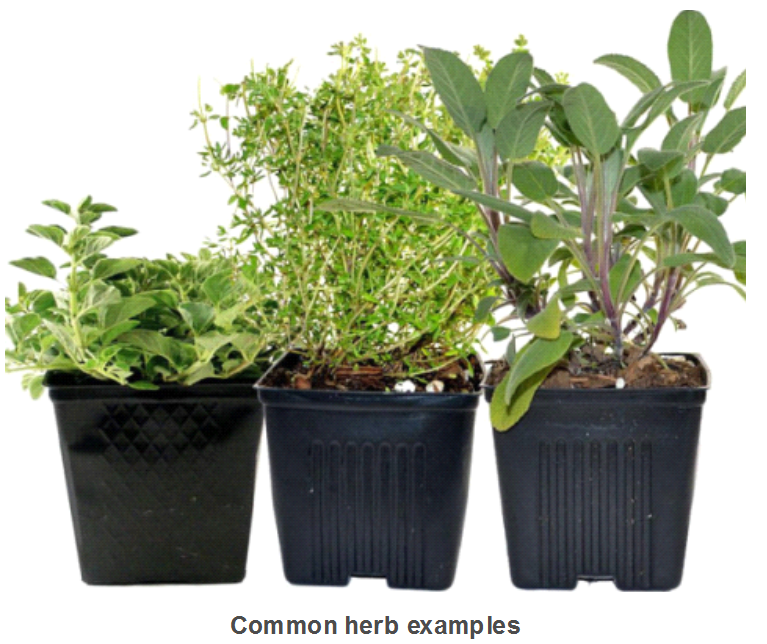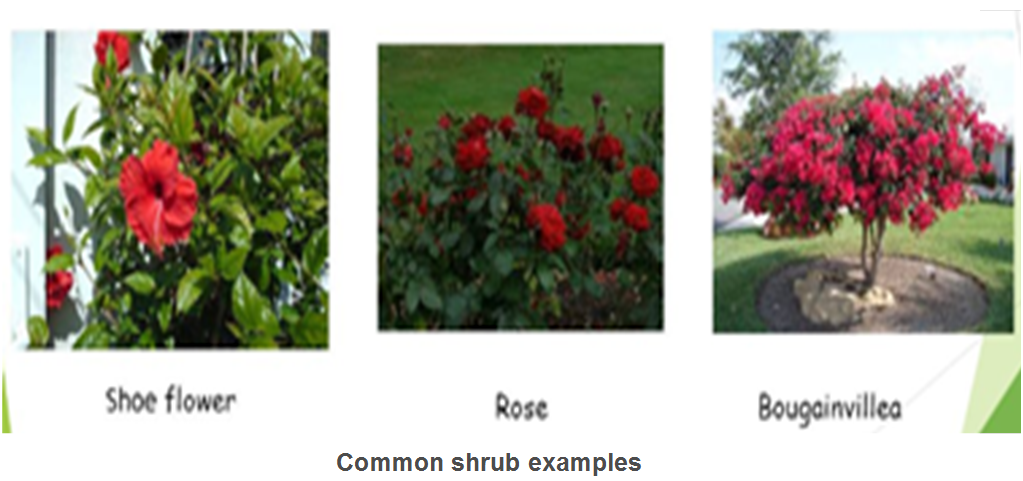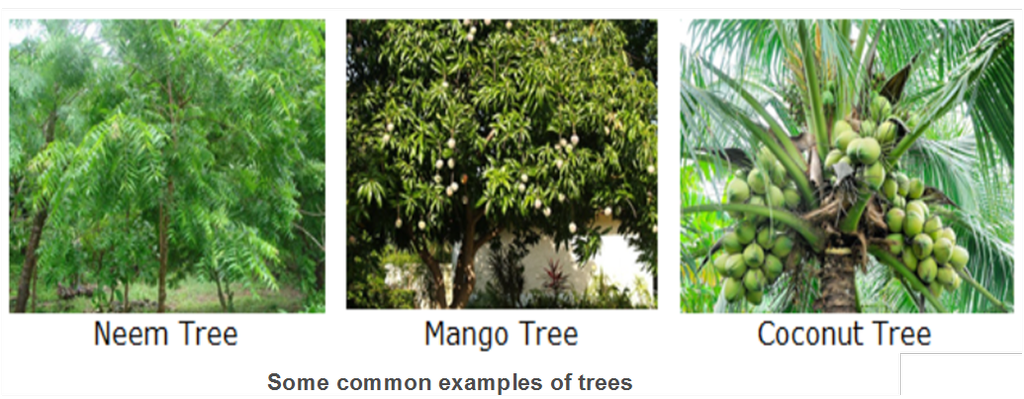- Books Name
- Class 6 Science Book
- Publication
- PathSet Publications
- Course
- CBSE Class 6
- Subject
- Science
Herbs, Shrubs and Trees
As we all know, Earth is the only planet in our solar system that has the viable conditions for life to exist. While the presence of water and oxygen is the main reason, we must also recognize that life would not have been possible if it weren’t for the oxygen-emitting plants, life would not have been able to take shape on Earth. These plants are not only our source of oxygen but also the major source of the food that we eat.
Plants are living things that grow on land or in water. From snowy mountain slopes to dry, hot deserts, plants can survive almost anywhere on Earth.
Plants can be divided into two groups :
(i). Flowering Plants
Ex : sunflowers, orchids
(ii). Non-flowering Plants
Ex : mosses and ferns
All plants make their own food, taking energy from sunlight. Unlike animals, plants cannot move from place to place, and most are rooted in the ground.
Herbs, Shrubs and Trees
Herbs, shrubs and trees: Plants are usually grouped into herbs, shrubs and trees on the basis of their heights, stem and branches:
- Herbs: Plants with green and tender stems are called herbs. They are usually short and sometimes do not have branches.
- Shrubs: Some plants have branches arising from the base of the stem. The stem is hard but not very thick. They are called shrubs.
- Trees: Some plants are very tall and have hard and thick stems. They have branches arising from the upper part of the stem. They are called trees.
Creepers and climbers:
The stem of some plants are very thin and weak. They either lie on the ground or need support to stand up. They are called creepers and climbers respectively.
- Climbers are much more advanced than creepers. Climbers have a very thin, long and weak stem which cannot stand upright, but they can use external support to grow vertically and carry their weight. These types of plants use special structures called tendrils to climb. Few climber’s plants names include pea plant, grapevine, sweet gourd, money plant, jasmine, runner beans, green peas, etc.
- Creepers, as the name suggests, are plants that creep on the ground. They have very fragile, long, thin stems that can neither stand erect nor support all its weight. Examples include watermelon, strawberry, pumpkin and sweet potatoes.
We can classify plants on the basis of the thickness of their stems and the place of origin of their branches, into three broad categories:
Herb: These are plants that have green and frail stems. Usually, these are small plants with not many branches.
Some common examples of herbs are Basil, Coriander, Mint, Oregano, Thyme, Parsley, Rosemary etc.


Herbs: Small plants with tender stems

Shrubs: These are plants with hard but not exactly thick stems. Their branches generally originate from the base of their stems. These are much taller than herbs but usually shorter than trees.
Some common examples of shrubs are Aloe Vera, Rose plant, Jasmine plant, Blackberry plant etc.

Trees:
These are plants which are very tall and have a thick and hard stem. The branches originate from the upper part of the tree and are very high above the ground.
Some common examples of trees are neem, peepal, coconut tree, mango tree etc.


 Param Publication
Param Publication
 PathSet Publications
PathSet Publications
